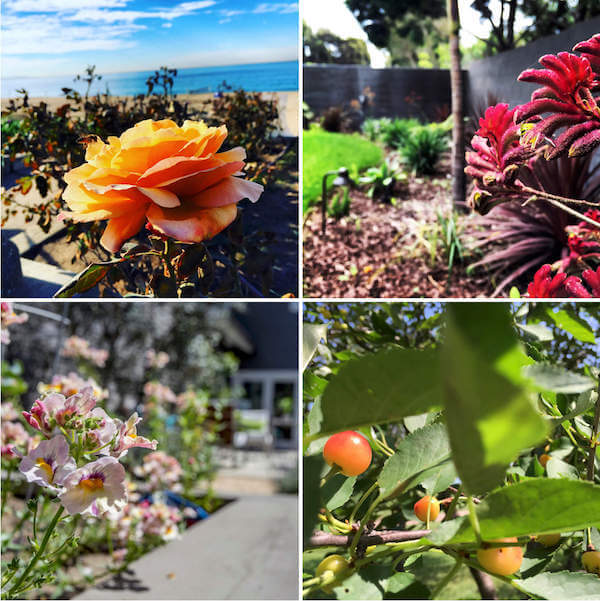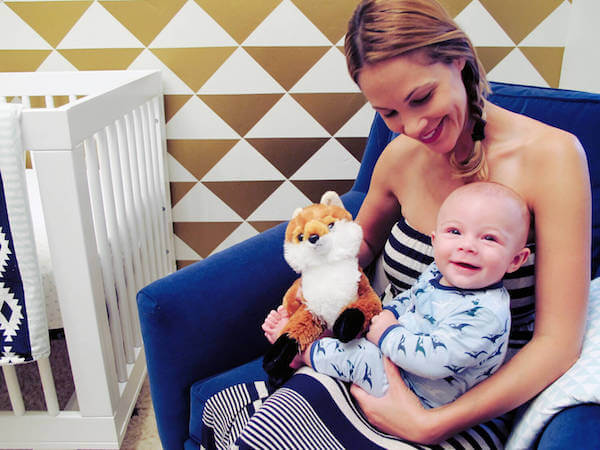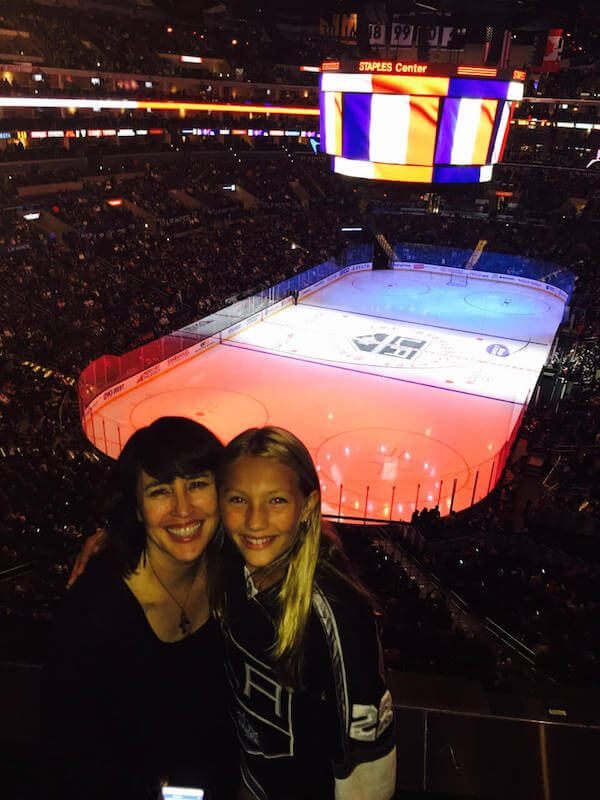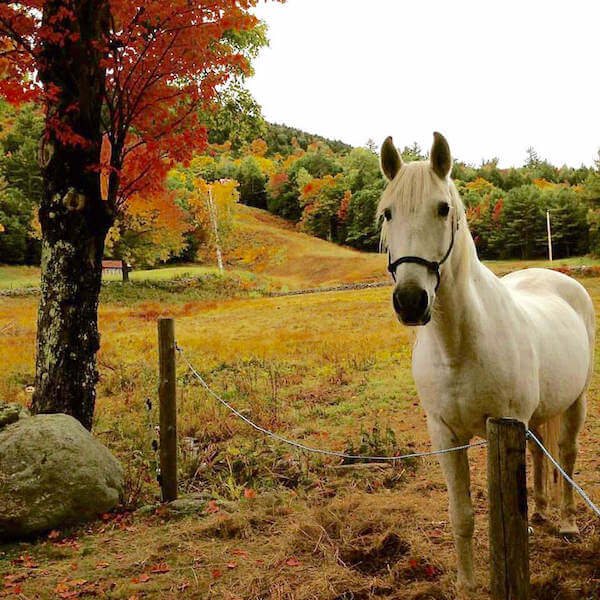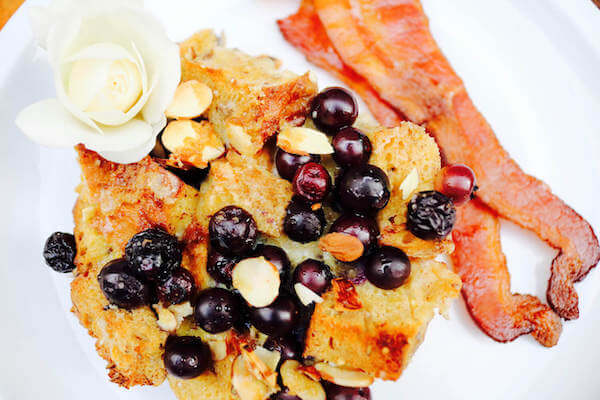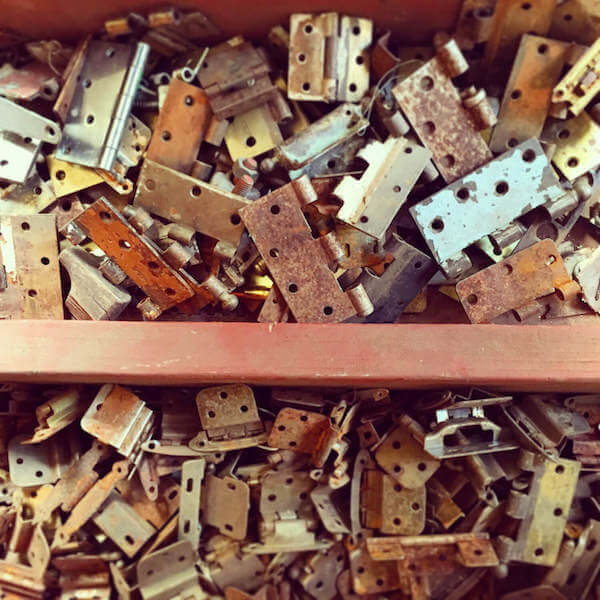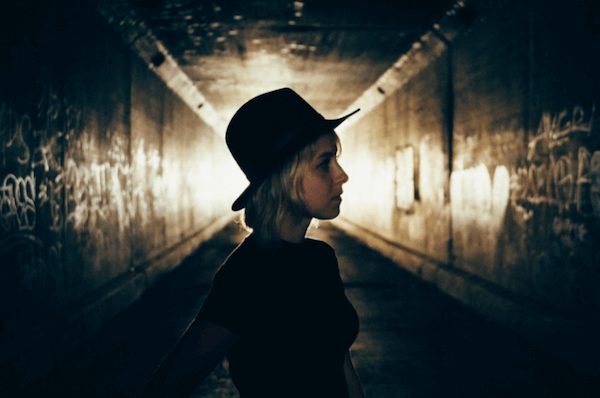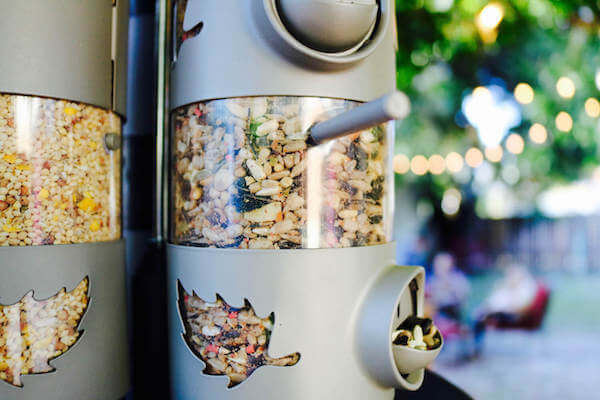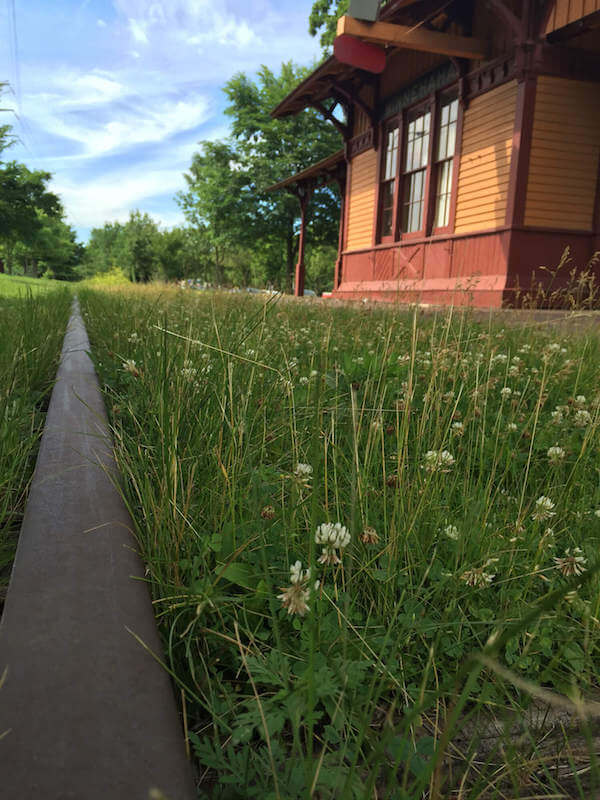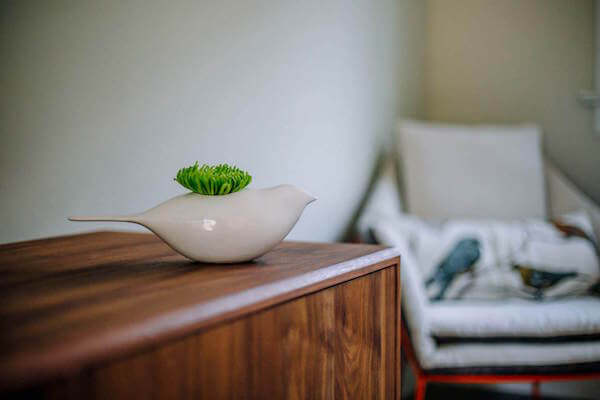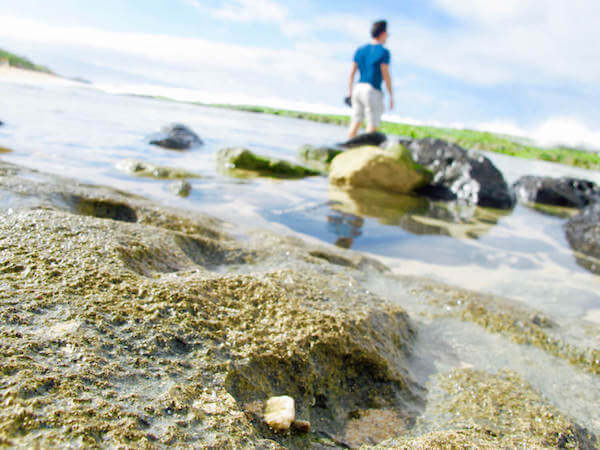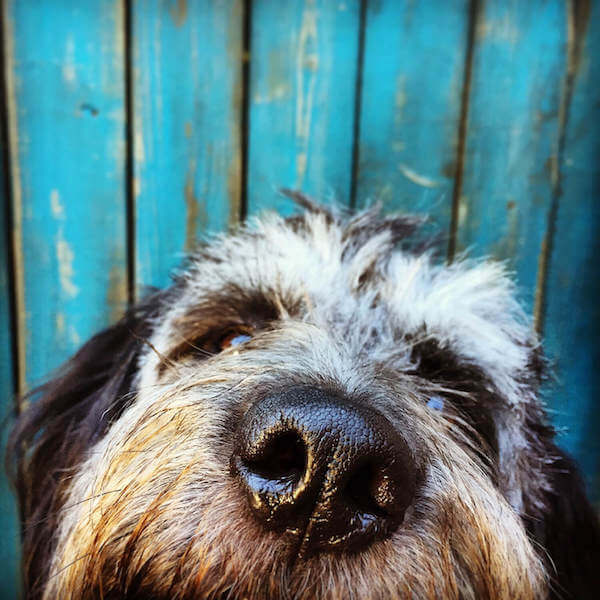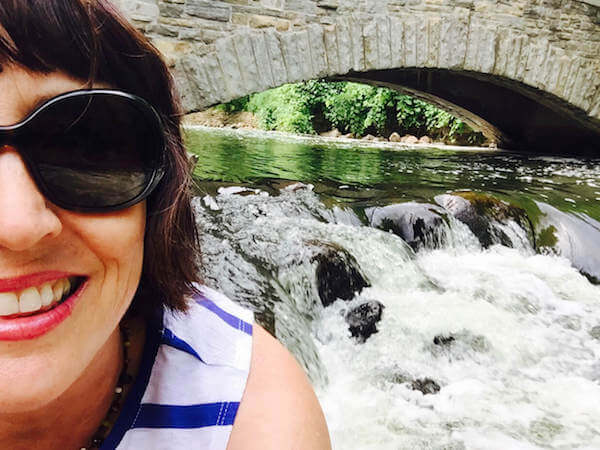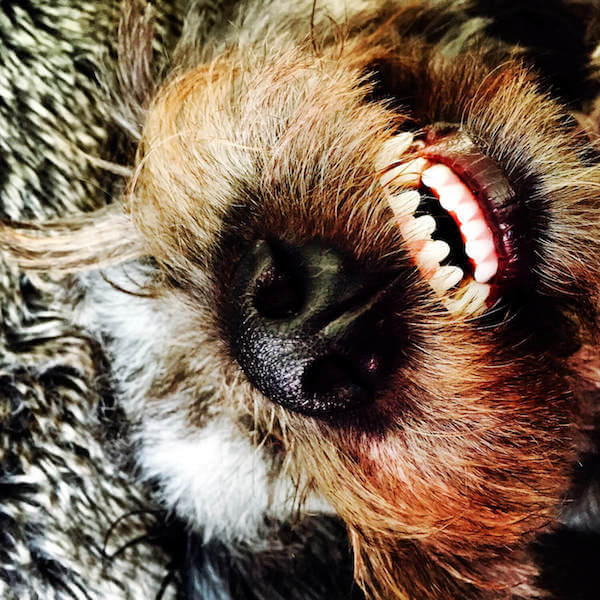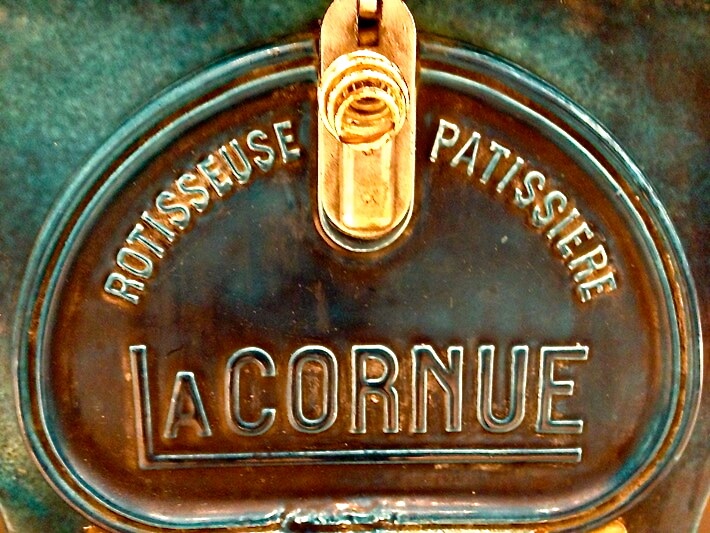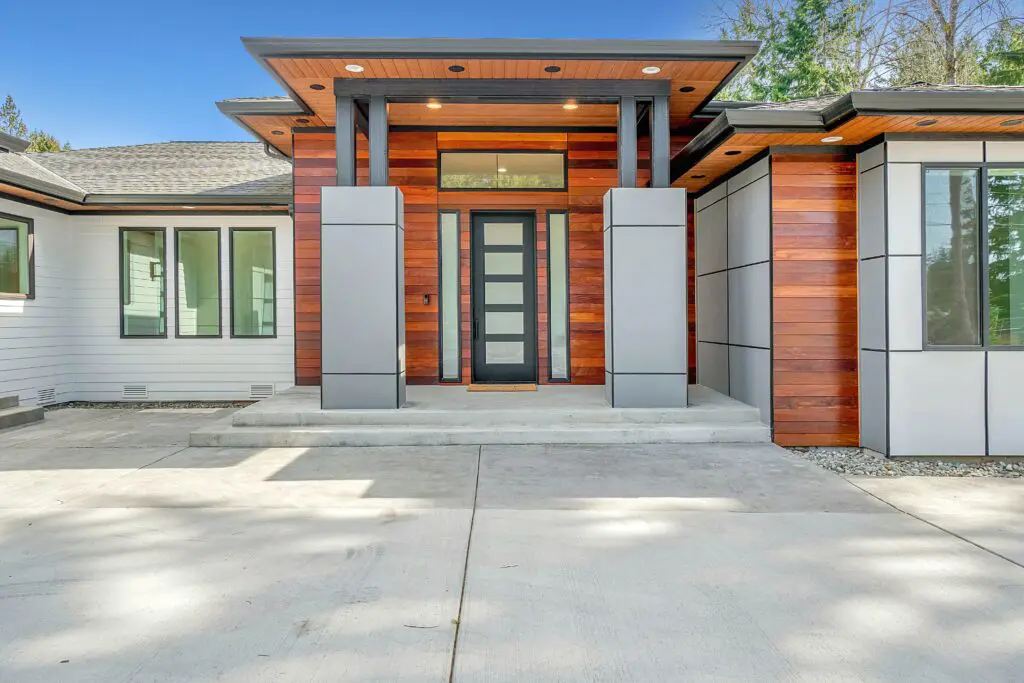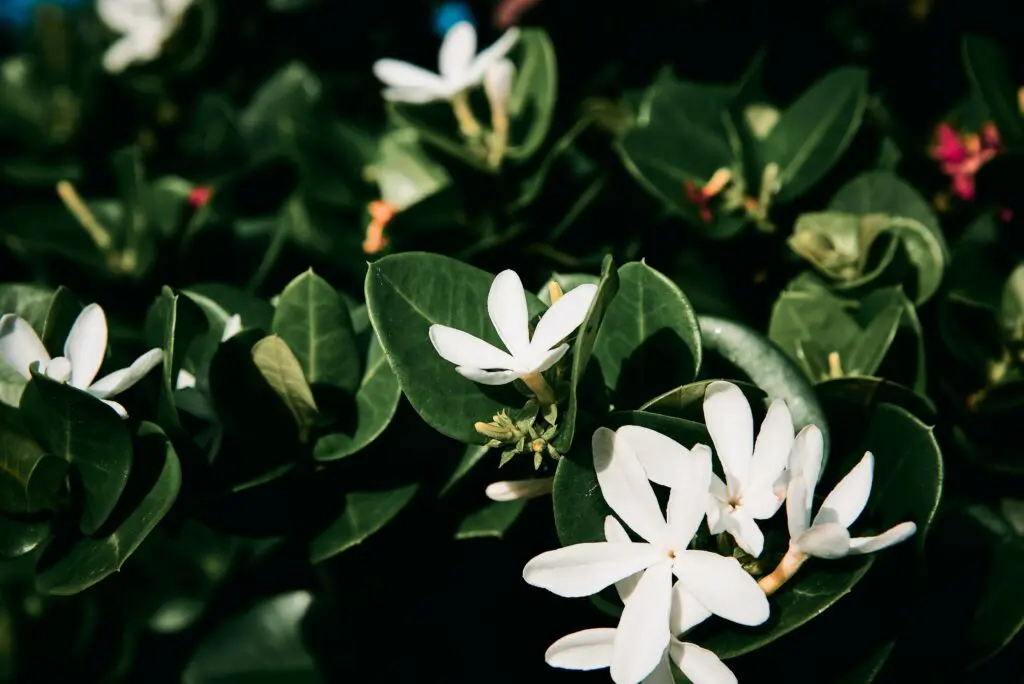There’s a photo, then there’s a PHOTO.
What does this mean, exactly? Well, besides lighting, which is vital to a great image, how a subject is framed in a photograph is just as, if not more, important.
Oh, and to be super clear…not the Aaron Brothers’ framing, but where you position the camera’s lens when taking a photo of the person, place or thing.
Or was that already obvious? Anywhooo…
Yes, today’s post is all about the subject and how you can elevate and capture a mood, a personality, and/or a meaningful moment, simply by where they are placed within the picture.
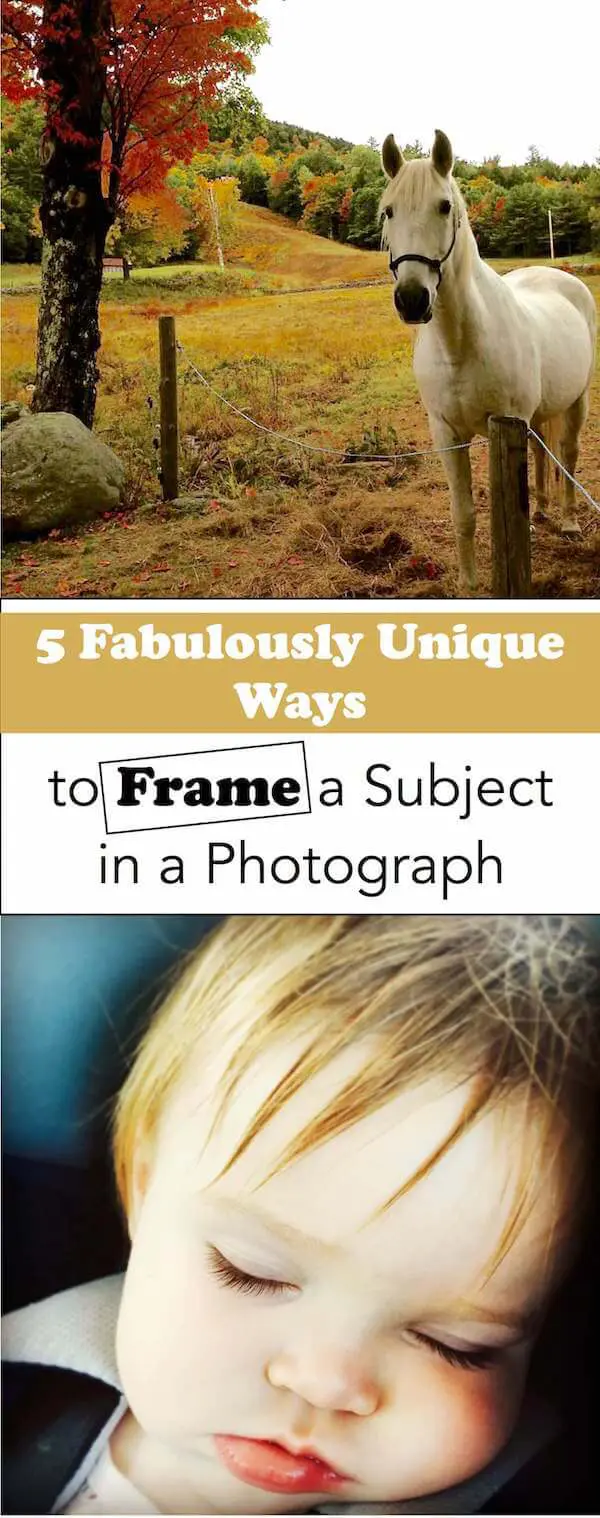
And, by the way…you don’t need a fancy-schmancy camera to make this happen. The simplest of point-and-shoots or even a smart phone can produce fabulous, wonderful memories that can be framed, placed in a photo book, or printed directly onto glass.
Come on…let’s get started!
1. Off Center:
To add interest and a uniqueness to your photographs, use the “Rule of Thirds”, where you place the subject one third into the left, right, top or bottom of the frame – hence, off center. Because the subject is often the largest element in a photo, the rest of the image can now add visual weight and balance to the picture.
Additionally, there’s an intimacy that happens, like you’ve secretly captured a moment.
Now, the popularity of Instagram has made this technique a little more challenging, but, the off-centeredness doesn’t need to be severe – just a hint will do the trick.
2. Directly Above:
There’s an editorial feel to photos where a subject is shot from above looking directly down at it – the 2-dimensional affect is often very graphic and precise. Inanimate objects such as typewriters, plated food, floor tiling, etc. read especially unique and interesting.
3. Profile:
If you’re looking to see another side to a person, you’ll literally be doing so using this framing technique. It’s surprising how a subject comes across in a photo when you see only half of their face and body. It’s quite intimate, too.
4. Focus/Out of Focus:
There’s something beautiful that happens when we experience depth of field. In other words, when we focus on a subject close up, and the background is blurred out…we feel closer and more intimately connected to the person, place, or thing we can see clearly.
In contrast, when a subject is blurry in the background and we focus on, say, a leaf or chair or even another person, the effect can be intriguing and compelling. We want to see who or what the blurred subject is.
5. Cropping and Flipping:
The word, “framing” typically means encompassing the whole subject. But in recent years, the idea of cropping and flipping has caught on as a stylistic, photo-framing trend. You can crop part of their face from the bottom or side while taking the photo. To flip your image, the easiest way is to shoot them as normal, then, when editing, use the rotate right or left tool. Why the love of lopping and flipping? It’s artsy, humorous and fun!
I hope you try one or more of these fun framing techniques. Grab your camera or smart phone and give ’em a shot!
(Oiy!)

